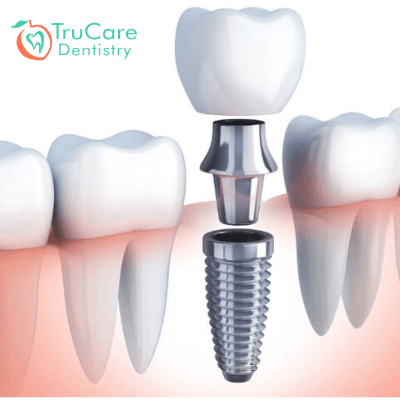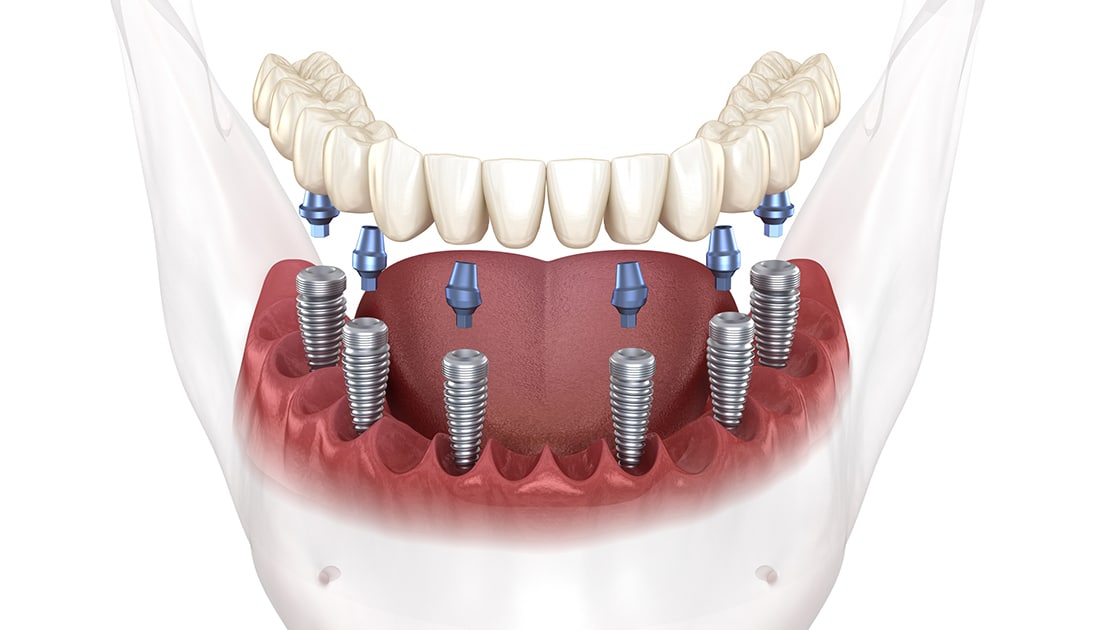Dental Implants Near Me Muskegon MI - Dental Implants - Missing Teeth - Dentures
Dental Implants Near Me Muskegon MI - Dental Implants - Missing Teeth - Dentures
Blog Article
Dental Teeth Implants Holland MI - Dental Implants: What You Should Know
The journey toward dental implants begins with a thorough evaluation of the jawbone's condition. When there is insufficient bone density to help an implant, bone grafting turns into a crucial process to like it recreate a steady basis. Understanding how a lot bone grafting is needed for dental implants significantly influences view website the treatment plan, timeline, and total success rate.
The quantity of bone grafting required depends on a quantity of elements, including the extent of bone loss, the implant's measurement, and the particular location inside the mouth. In instances of serious bone loss as a end result of periodontal diseases, trauma, or extended tooth loss, extra extensive grafting may be essential. Conversely, if the bone loss is minimal, a smaller graft may suffice.
Implant Dental Muskegon Heights MI - Dental Implants - an overview
The analysis process sometimes entails imaging research such as X-rays or 3D scans, permitting the dental skilled to visualize the bone structure (Dental Implants Cost Muskegon MI). These images help in figuring out the quality and quantity of current bone. If the bone is deemed insufficient, the dentist will then define the suitable grafting procedures
Grafting can be sourced from varied areas. Autografts, which involve harvesting bone from the patient's personal body, are often deemed the gold standard. These supply excellent integration with the present bone however come with the downside of additional surgery. Other options include allografts, which use donor bone, and artificial supplies designed to mimic natural bone. Each choice has its own implications on healing and success rates.
After determining the mandatory amount of bone grafting, the dental skilled will create a tailored plan for the affected person. This plan may embrace the timing of bone grafting in relation to the implant placement. In some cases, a graft can be performed simultaneously with the implant surgery. Alternatively, in more difficult situations, a separate healing period is indicated.
Healing timelines range primarily based on the individual's health, the extent of grafting, and the sort of graft used. Generally, the therapeutic of a bone graft takes a quantity of months earlier than an implant may be positioned. During this time, bone regeneration happens, resulting in a secure base for the implant.
Dental Implants Cost Wyoming MI - What are dental Implants?
Patients typically wonder about the risks related to bone grafting. While complications similar to infection or graft failure are potential, these events are comparatively uncommon. Adhering to post-operative care directions and attending follow-up appointments decrease risks and promote therapeutic.
Once the bone has adequately healed, the dentist assesses the graft's success by evaluating the bone density and stability. If everything seems favorable, the subsequent steps toward inserting the dental implant can begin. The success of this subsequent step largely hinges on the standard of the bone graft and its integration with the surrounding bone.
Cost issues play an essential role within the decision-making process. The expense of bone grafting varies based on supplies used, the complexity of the case, and geographic location. It is essential for patients to debate finances upfront to avoid unexpected payments later in the therapy.
Dental Implant Dentures Muskegon MI - Dental Implants: A 5-step plan to restoring your teeth
Also, sufferers should have practical expectations relating to the timeline and outcomes. Many components can influence how much bone grafting is required and its overall effectiveness. A collaborative approach involving the affected person and the dental staff not solely ensures clarity but additionally enhances the probabilities of a profitable end result.

Maintaining good oral hygiene and common dental visits following the process is significant. These practices can prevent complications and make positive that both the graft and the implant remain steady over time. The ongoing relationship with a dental skilled is essential, especially within the months following the procedures.
In conclusion, understanding how much bone grafting is required for dental implants encompasses a multi-faceted strategy that considers bone quality, grafting types, healing time, and overall patient health. The steadiness between achieving the desired aesthetic and useful outcomes while minimizing risks and complications is on the heart of dental implant procedures. The journey may be intensive, but a well-planned approach maximizes the chances for a profitable, long-lasting lead to restorative dental work.
- Determining the quantity of bone grafting required for dental implants typically hinges on the preliminary bone density and volume of the affected person's jawbone.
- Each affected person's case is unique; factors corresponding to earlier extractions, periodontal disease, or trauma can affect the need for grafting.
- A 3D imaging scan is often conducted to evaluate the precise dimensions of the obtainable bone and inform the grafting technique.
- The sort of dental implant placement—immediate or delayed—may dictate the amount of bone grafting needed for stability and integration.
- Different forms of graft materials, similar to autografts, allografts, or artificial options, can influence how much grafting materials is required.
- Assessing the patient's overall health, age, and lifestyle habits can have an effect on the healing course of, influencing graft quantity requirements.
- The depth and placement of the implant can necessitate varying quantities of graft material to safe optimum outcomes.
- Successful integration of the dental implant often relies on sufficient bone density, resulting in a tailor-made grafting method for every individual.
- Consultation with an oral surgeon will provide a clearer estimate of the bone grafting wanted based on comprehensive evaluations and imaging outcomes.
- Post-grafting healing time varies; thus, a careful evaluation is crucial to discover out the final amount of grafting required for profitable implantation.undefinedHow a lot bone grafting is required for dental implants?
Dental Implants Affordable Grand Haven MI - Dental Implants: Surgery, Purpose & Benefits
What is bone grafting and why is it necessary for dental implants?undefinedBone grafting is a surgical process that adds bone or bone-like material to the jawbone. It is necessary for dental implants when the prevailing bone is inadequate to support the implant, guaranteeing stability and long-term success.
How do I know if I want a bone graft for dental implants?undefinedYour dentist or oral surgeon will consider your jawbone through x-rays or 3D imaging to determine its density and quantity. If they find that you just lack sufficient bone, they may advocate a bone graft earlier than continuing with the dental implant.
Dental Implants Whole Mouth Walker MI - What are dental Implants? Types, procedures, and more
What elements affect the quantity of bone grafting needed?undefinedFactors embrace the scale and location of the implant web site, the health and density of existing bone, and particular person healing capacity (Dental Tooth Implant Muskegon MI). These parts help the dentist decide the suitable quantity of graft material wanted
Are there different types of bone grafts used for dental implants?undefinedYes, there are a quantity of sorts, including autografts (from your own body), allografts (from a donor), xenografts (from animals), and synthetic graft supplies. Each sort has unique advantages and could be selected based mostly on individual affected person wants.
Dental Implants Whole Mouth Grandville MI - Dental Implants: Tooth Replacement Solution
How long does the bone grafting procedure take?undefinedThe period varies based mostly on the complexity of the grafting process and the extent of the realm treated. Generally, a bone grafting process can take anywhere from 30 minutes to a couple hours, relying on the particular circumstances.
What is the recovery time after a bone graft for implants?undefinedRecovery instances can differ, but sometimes, preliminary therapeutic may take a couple of weeks, whereas complete integration of the graft with the bone can take a quantity of months. Your dentist will provide a personalised timeline based mostly in your scenario.

Will I experience pain after the bone grafting procedure?undefinedSome discomfort is widespread after a bone graft, nevertheless it's generally manageable with prescribed pain medicine. Most patients report that pain diminishes significantly within a couple of days.
Dental Implants Grand Haven MI - Dental Implants services
How does bone grafting have an result on the overall dental implant timeline?undefinedBone grafting might lengthen the overall timeline for receiving dental implants, because it requires a therapeutic period before implants could be placed. This can add several months to the process but is crucial for a successful implant placement.

Are there risks associated with bone grafting for dental implants?undefinedLike any surgical procedure, bone grafting carries some risks, such as infection, graft failure, or issues associated to anesthesia. However, when carried out by an skilled skilled, these risks are generally low.
Can I even have dental implants positioned immediately after a bone graft?undefinedIn many instances, dental implants can't be positioned immediately after a bone graft as a result of want for the graft to combine into the existing bone. However, some strategies, like quick loading, could allow for this beneath particular conditions. Your supplier will advise you on the best option based in your circumstances.
Report this page